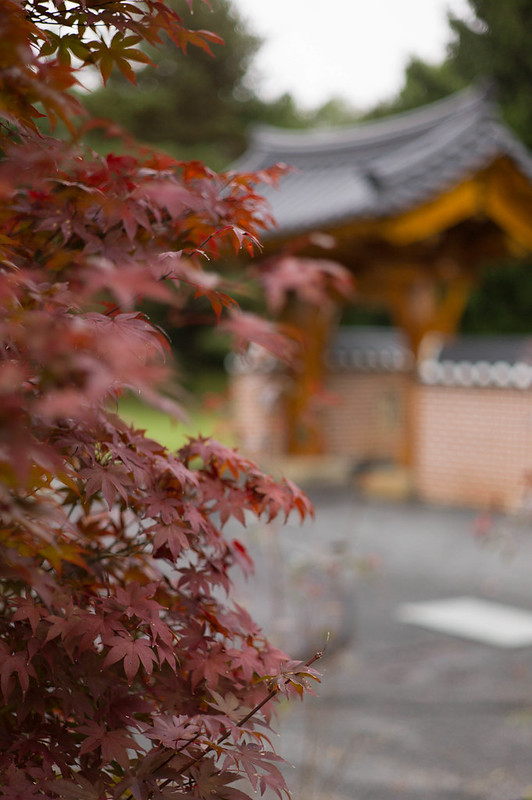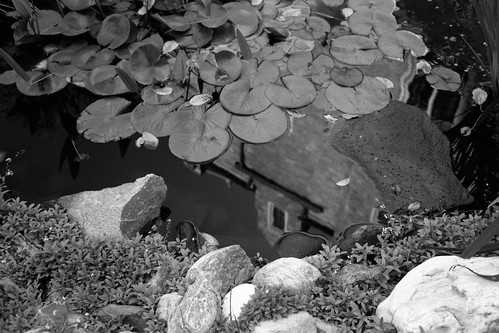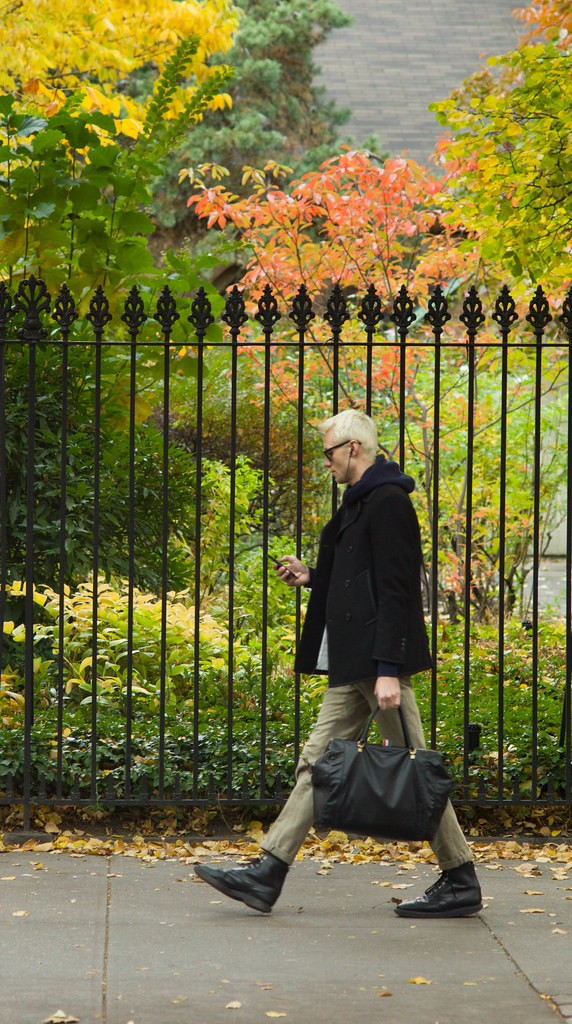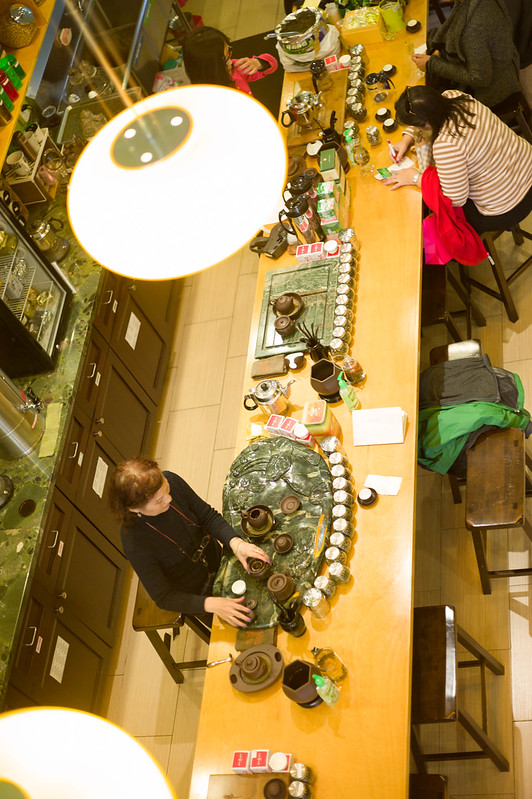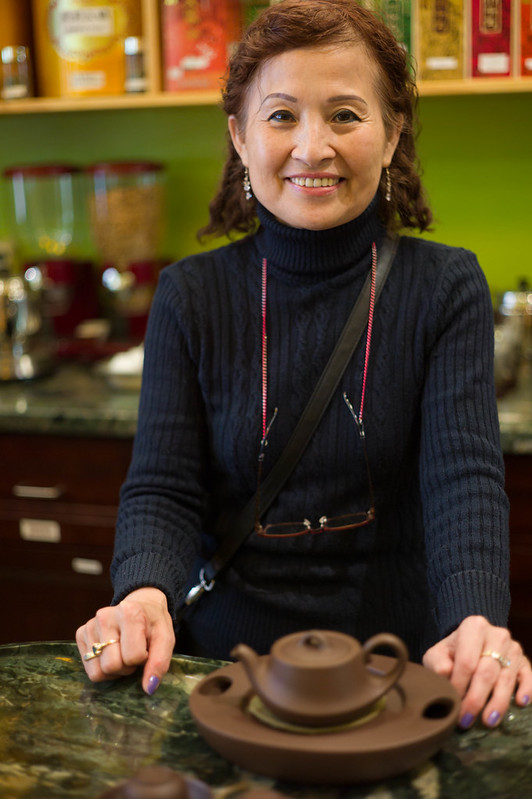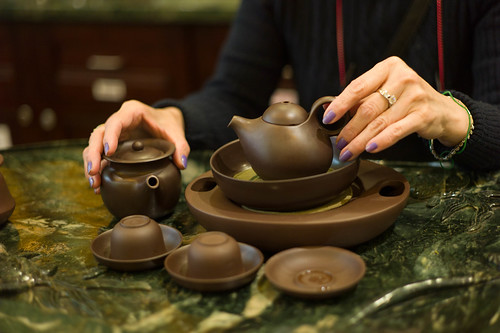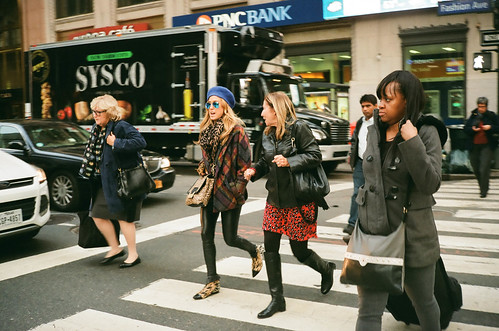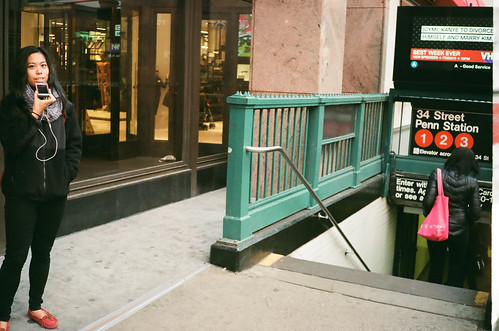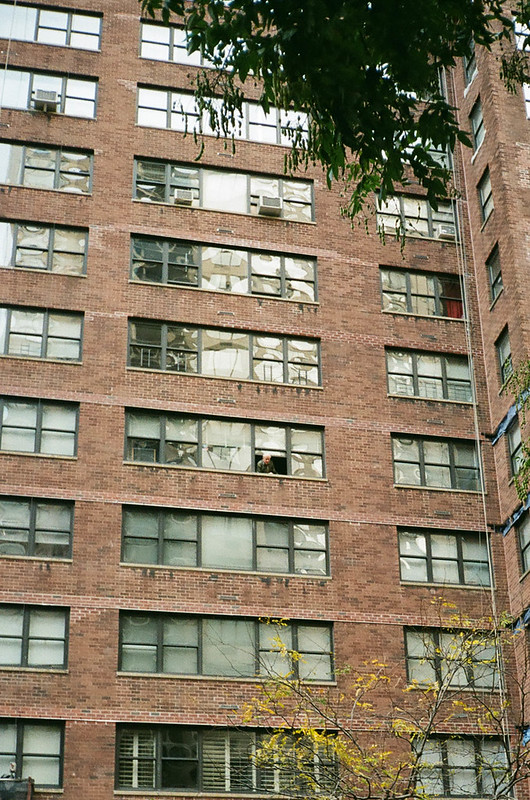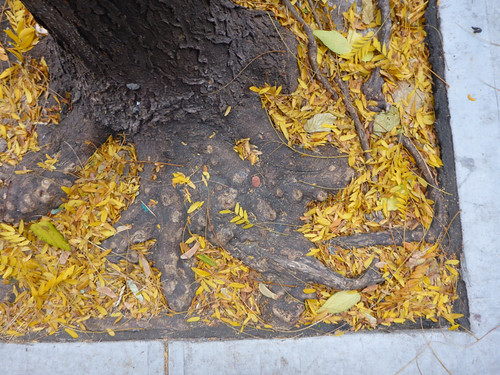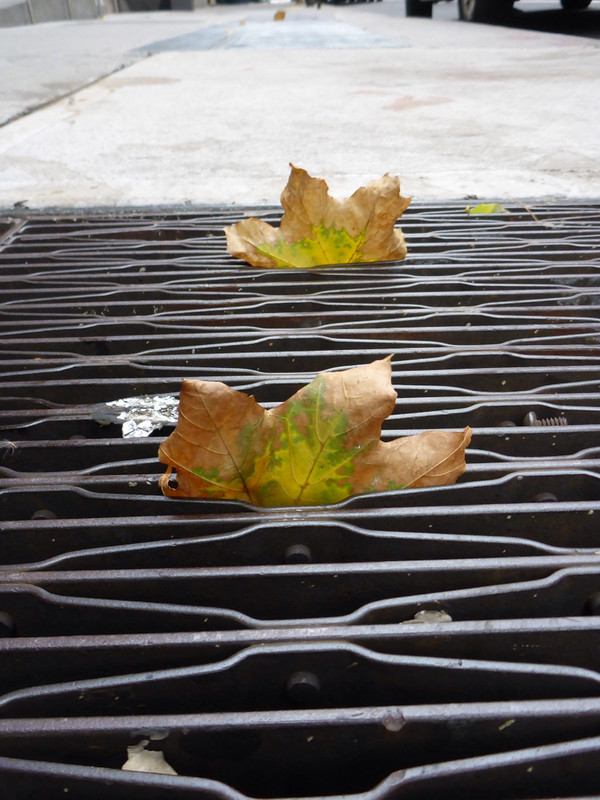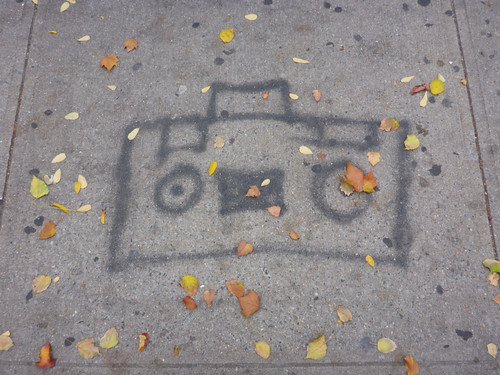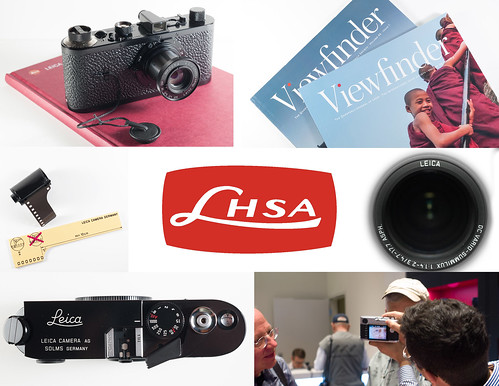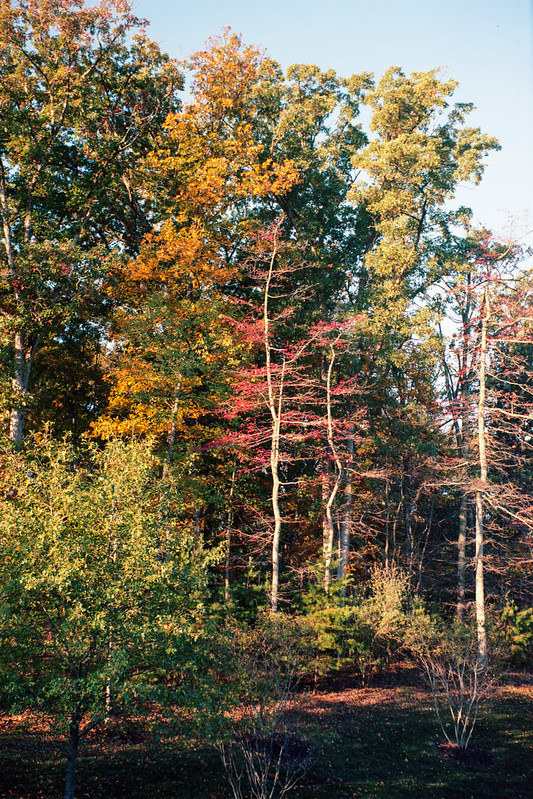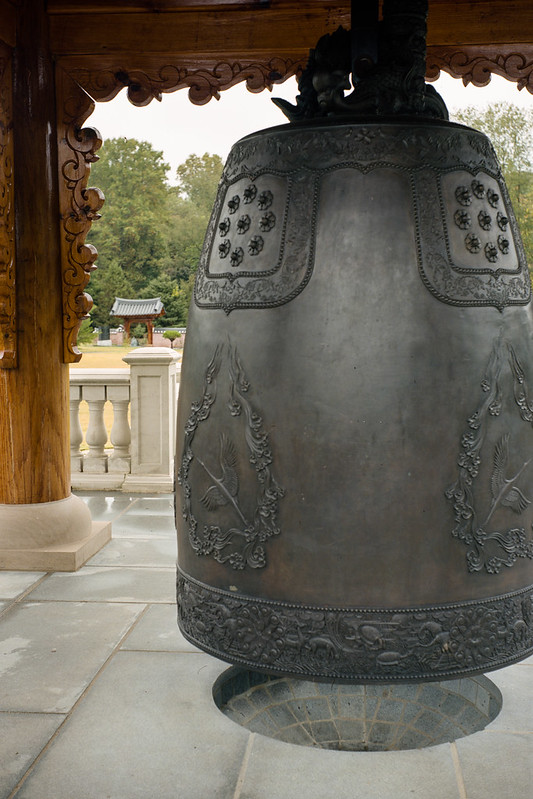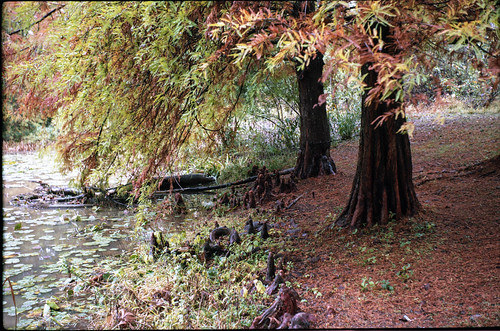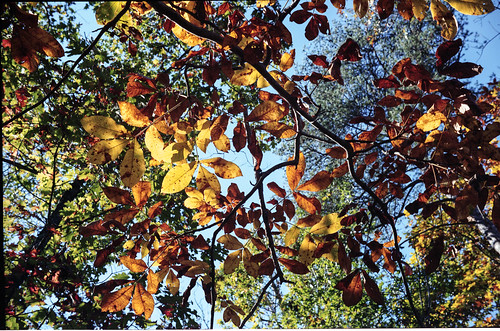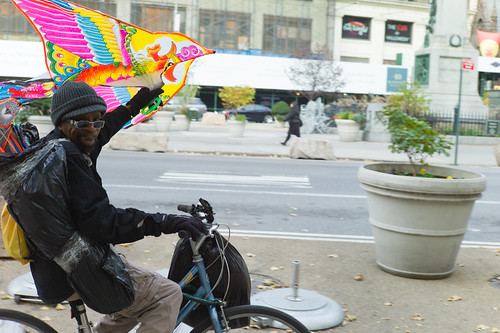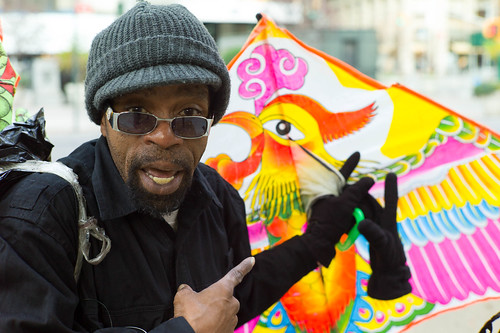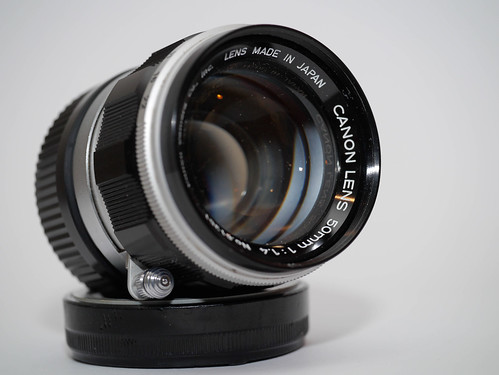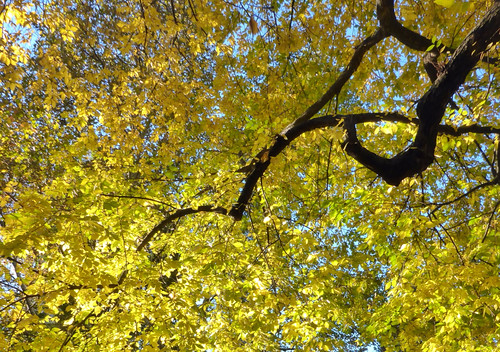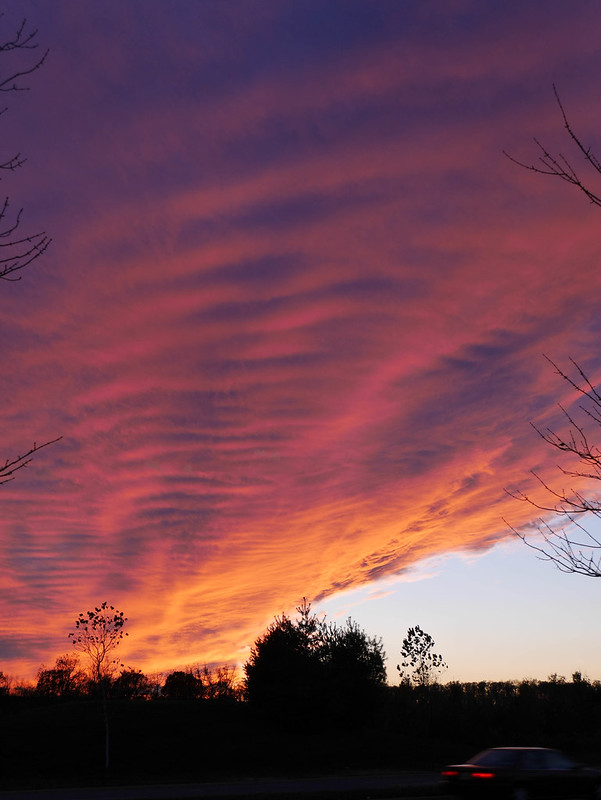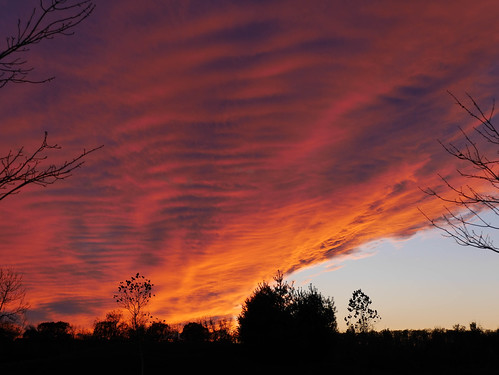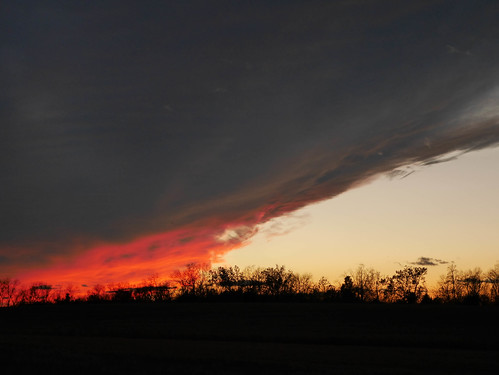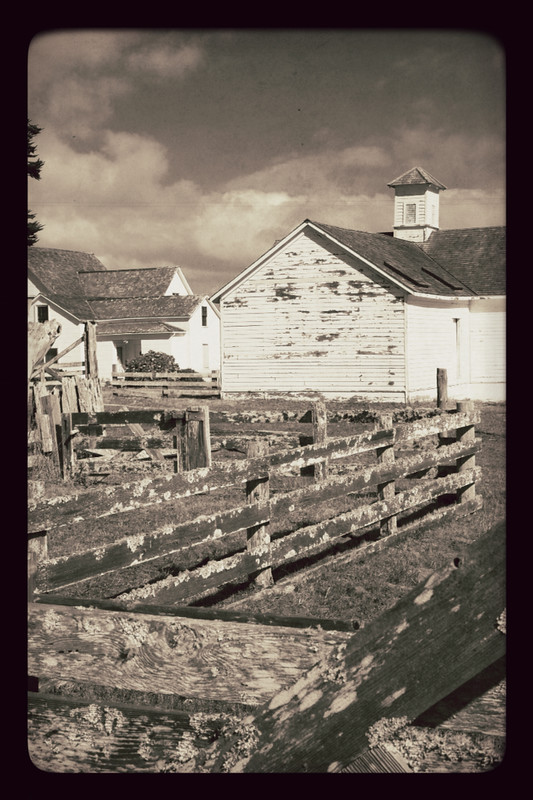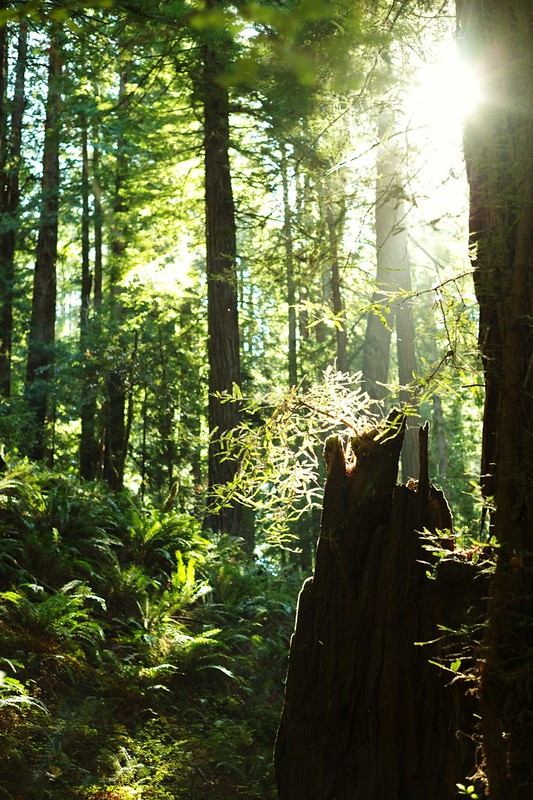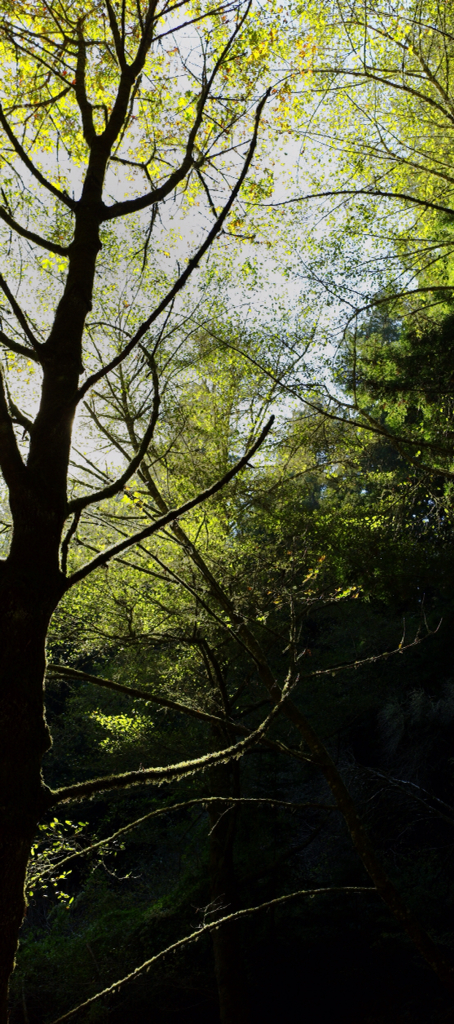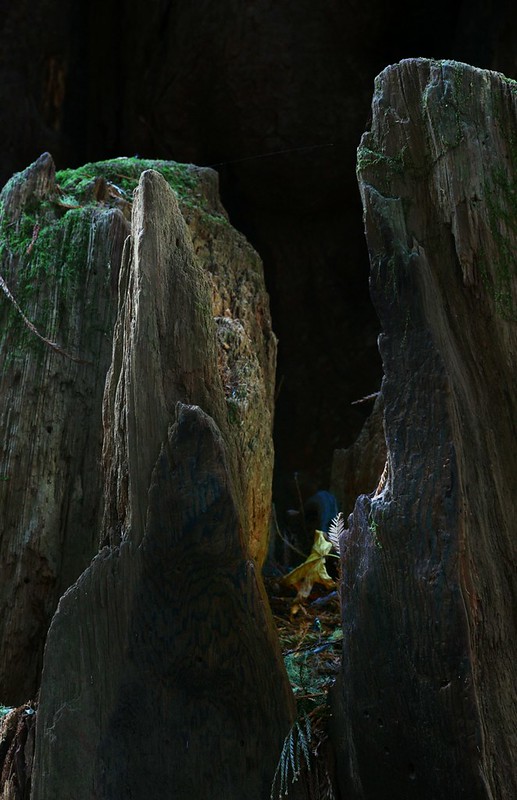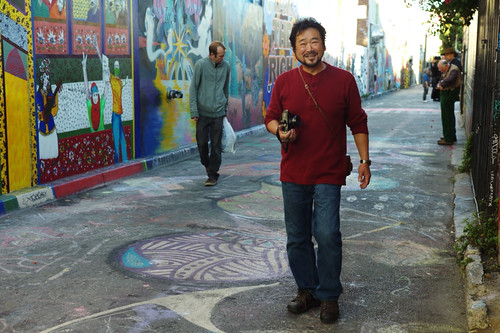I'm writing while I'm on the flight back from Northern California, where I attended the annual meeting of the LHSA (International Leica Society). One of our photo outings was north of San Francisco in Marin County, at Muir Woods, an amazing redwood forest in the coastal mountains. I've been here many times in the past, so I was hoping that I'd be able to bring a new perspective to the pictures I'd capture there. In addition to my familiarity of the place, which can be a blessing or a curse, we arrived at mid-day, when the lighting was strongest yet most harsh. However, the forest provides lots of opportunities to find good light.
By the way, I'm only sharing the digital images I made on my M9; the film is on its way to The Darkroom for processing now. And, my post-processing was all done on my iPad using Snapseed. Also, I don't have a way to view the EXIF information, so I'm only including what I can remember. You'll see that three of the five shots in this post are shot with October's Whole Lotta Leica Lens, the venerable 50mm Summicron f2 version 3.
Let's see how I did.
Sunshine Through The Canopy, by Reed A. George
Leica M9, Leica Summicron 50mm f2 Lens
Now, I think this is a fairly predictable image. I was able to take advantage of the backlighting on the stump, and really like the burst of light at the branch at the top of it, along with the sun itself. I also enjoy the stripes of light in the forest behind. But, again, pretty pedestrian.
Redwood Detail, by Reed A. George
Leica M9, Leica Summicron 50mm f2 Lens
Here's another from the same spot. Here I decided to open the aperture wide (f2.8, I believe) and isolate the redwood branch at left from the surrounding forest.
Dark To Light, by Reed A. George
Leica M9, Carl Zeiss Biogon 25mm f2.8 Lens
I love the way this shot shows the transition from the deep darkness of the forest understory to the bright midday sky above. The backlighting on the branches at the bottom are also nice. I decided to crop this image significantly to focus the interest where I want it. The Zeiss Biogon is a wonderful lens, and I can even say that I like using the bright 25mm Voigtlander accessory viewfinder. It makes composition a different and enjoyable experience.
Then, I decided to focus my attention on one particular subject, a redwood stump that was bathed in wonderful, subtle light. I set up my tripod and got to work. Most people walked by looking for an invisible bird or other subject that I must be photographing. I mean, who would spend so much effort to photograph a stump? Well, me, that's who. One person actually came up behind me and grabbed a snapshot of my subject with his handheld DSLR. He probably got home and thought, "now what the heck is that a picture of?" Here are my favorite two shots so far:
Study of a Redwood Stump, by Reed A. George
Leica M9, Leica Summicron 50mm f2 Lens
This is one of those examples that once again prove to me that we don't photograph subjects, we photograph light. I am also learning to try to photograph how a scene makes me feel, not how it looks. This shot achieves that at a certain level. I absolutely love the colors and tones. I also like the spotlight on the leaves in the stump.
Redwood Stump With Context, by Reed A. George
Leica M9, Carl Zeiss Biogon 25mm f2.8 Lens
This final shot shows a little more of the context around the stump. This shot could use some more post-processing to emphasize some areas of the stump. I'll work on that. To be honest, I much prefer the more closely-composed shot above.
So, what do you think? Did I succeed at getting some different perspectives on this much-photographed location? I sure enjoyed my time in the forest, and hope that I'm developing some new skills in making unique images.
DMC-365.blogspot.com

